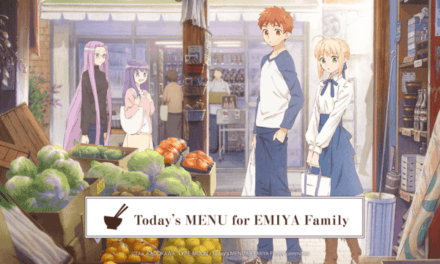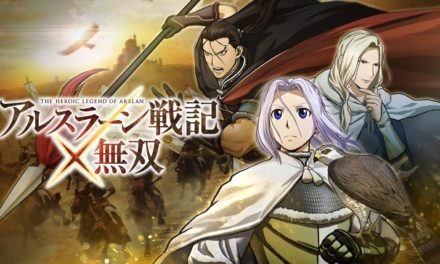Becoming the best rancher in the world, one CD at a time.
“Monster Rancher? What’s that?”
For those that don’t know, Monster Rancher is a series of games developed by the company Tecmo, who you may recognize as the company that helped produced the Dead or Alive games. But before Dead or Alive became a long running franchise, Monster Rancher was getting pretty popular, with the first game becoming successful enough to the company wanting to make a sequel. People would consider the second game to be the most successful and most beloved by the franchise, and we’re about to see why.
The Gameplay
As the name implies, Monster Rancher 2 is a animal raising game mixed with combat. You start off as a newly made rancher with their very own ranch and have to get a new monster. The game has three ways of getting a monster. One option is to go to the game’s store and get one of three monster’s for free, to which one of them changes according to the season. Another is where you take two monsters and combine them to make a new monster. But the best way to get a monster is by using what the game calls “Disc Stones,” which are said to house a monster. In order to use one of them, you would have to use the game’s feature: Using the very CDs (and PS1 games) you own to get a new monster.
This was honestly one of the best parts about the game, if not THE best part. Though becoming a new rancher, while you have quite an array of monsters to choose from, some are locked because you aren’t enough of a high rank and/or you need to have activated a certain event. But the ones you have access to from the start are quite varied. You got the series’ unofficial mascots Mochi and Suezo, a Tiger, a Pixie, the list goes on. This was what honestly made the game so much fun, as you never know what kind of monster was contained within your CDs. There’s even a chance that you can get a very special kind of monster only that one specific CD may have.
But onto the raising aspect. You are a rancher, after all. After deciding on a monster you want to raise, you take it to the ranch and begin raising it. Every week you can either train your monster, have it go on expeditions, or let it rest for that particular week. The training sessions are divided into Light Training and Heavy Training, with the former raising one stat, and the latter getting it big boost in one stat, a little for another stat, and lowering another stat. Though you can’t just have them train all the time. They are living beings after all. Overtime, they will begin to build up stress and fatigue. And if you don’t take good care of them, they can actually die. (Which is pretty depressing when it happens, especially for kids.) To prevent your monster from getting too stressed and tired, it’s a good idea to go to the shop in the ranch to buy some items to reduce their stress and fatigue.
Why so much focus on the training, you may ask? The reasoning is quite simple: To have them compete in tournaments! Once you feel confident in your monster’s skills, you can sign them up for a tournament, where you will have them compete against other ranchers of your Rank (E – S). There are two ways to win a round. The first of which is to try to take down the opponent’s health with the monster’s attacks (Which you can either direct them or have them fight on their own.). The other way to win is to have more health than the opponent, with the rule of thumb being that you only have 60 seconds to do as much damage as possible until time runs out. This is why the training is so important, since you would have to make sure that your monster is capable to win you the tournament and earn some prizes, whether it’s prize money or items. And the matches can get pretty exciting.
The Bond Between Rancher and Monster
One of the reasons why Monster Rancher is fondly remembered, especially the second game, is because of the journey you and the monster took to get to the top. From the training you went through, watching them gain new moves via expeditions, and discovering new items and monsters along the way in treasure hunts due to being so popular with certain characters. And what made it so fun is that while there are plenty of main monsters, the sub-variants are what made them more memorable such as a Zuum with a Dragon heritage, or a Mochi with Jelly biology. For some, the journey was certainly more important than the end goal, seeing that little monster you took in from that Disc Stone to becoming one of the best fighters in the tournament. And with all the bonds that were made during that time spent over the in-game years, when they passed away, it felt heartbreaking for many. Or if they want to preserve their legacy, they can freeze the monsters and combine them to make a new one. The choice was theirs to make, and there was still a connection to be made.
Conclusion
In the end, the Monster Rancher series had an innovative idea with the concept of using CDs found within your household being these mystical artifacts that brought out a monster that players can raise. It probably helped out with people buying more CDs that, not only could they use to get more monsters, but perhaps also listening to some new songs. It has a nice tone to it while being down to earth with the concept of death and how a monster’s death can affect those who raised it. Monster Rancher 2 is a certainly a fun game that’s worth being in anyone’s game collection.
Intro





